Zverev was repeatedly warned by the controversial penalty that the referee looked at the ball mark, and the double tie-break was difficult to reverse
Yesterday's Madrid Masters third round, top seed Zverev suffered a hard-fought battle, dropping a set before a thrilling comeback to beat Fokina in a double tie-break. However, in addition to the fierce match-ups, the most interesting aspect of the game was a controversial decision in the game.
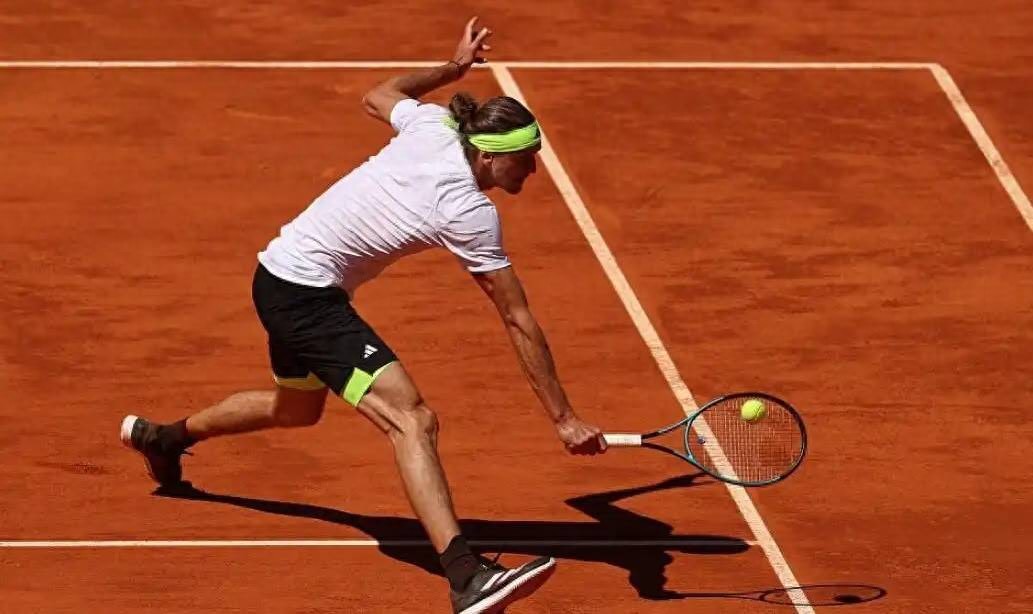
The controversy of the match occurred in the second set. At that time, the top seed who dropped the first set was leading 5-4 in the second set, and at the crucial moment, Fokina was forced to push a backhand at the net and was judged to be in bounds by the electronic line, however, Zverev was very surprised by this, telling the referee that it was a very obvious out-of-bounds ball. However, according to the current regulations, in the game of electronic line referees, all decisions must be based on the electronic line decision, and the referee has no power to change the decision, so there is no obligation to go off the field to check the ball print. Seeing that the referee was indifferent, Zverev directly took out his mobile phone and took a picture of the ball print, but he received a warning because of this.
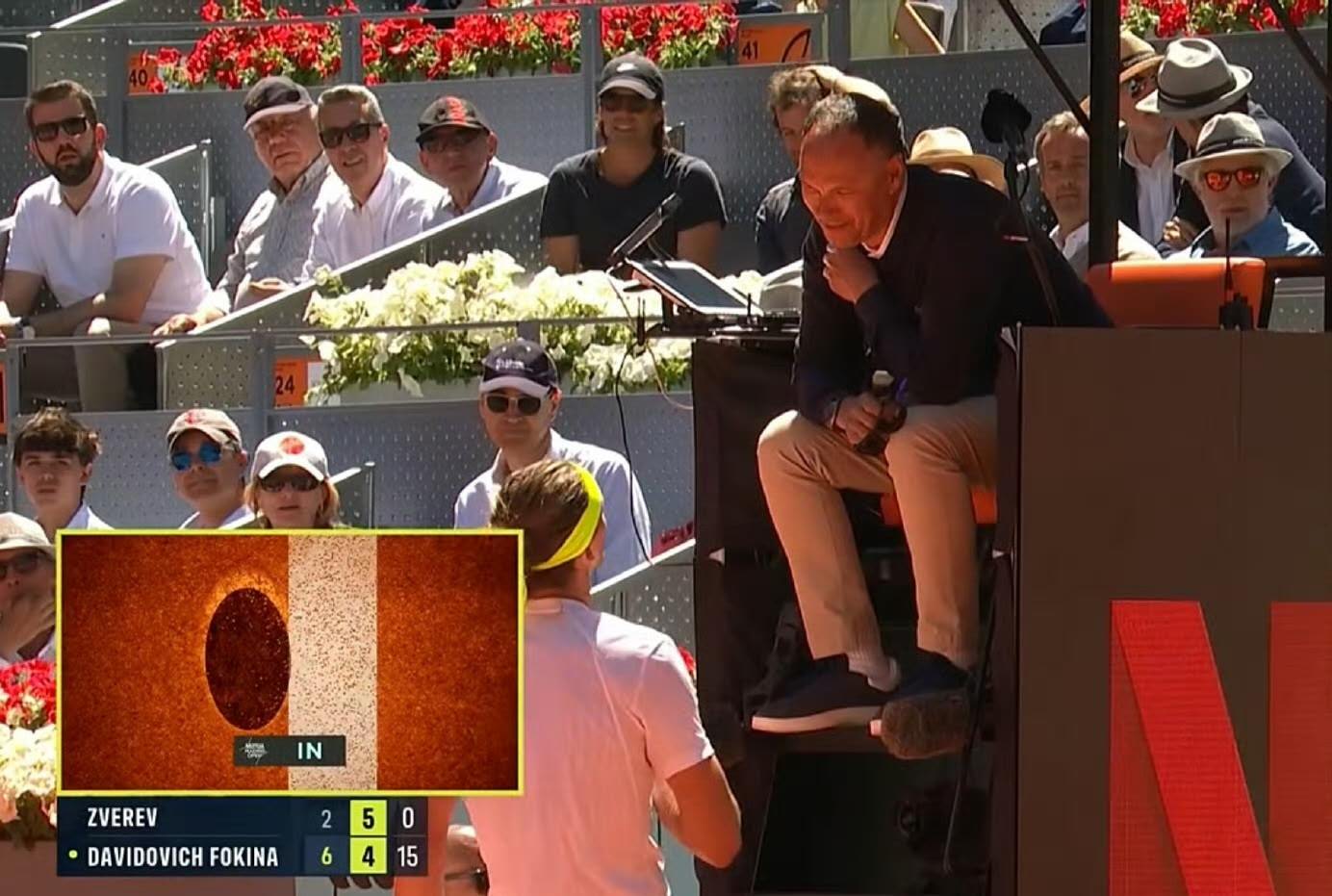
After the incident, the matter quickly fermented on social media, and many players spoke out in support of Zverev, saying that it was not the first time that the electronic division had made a mistake on clay.
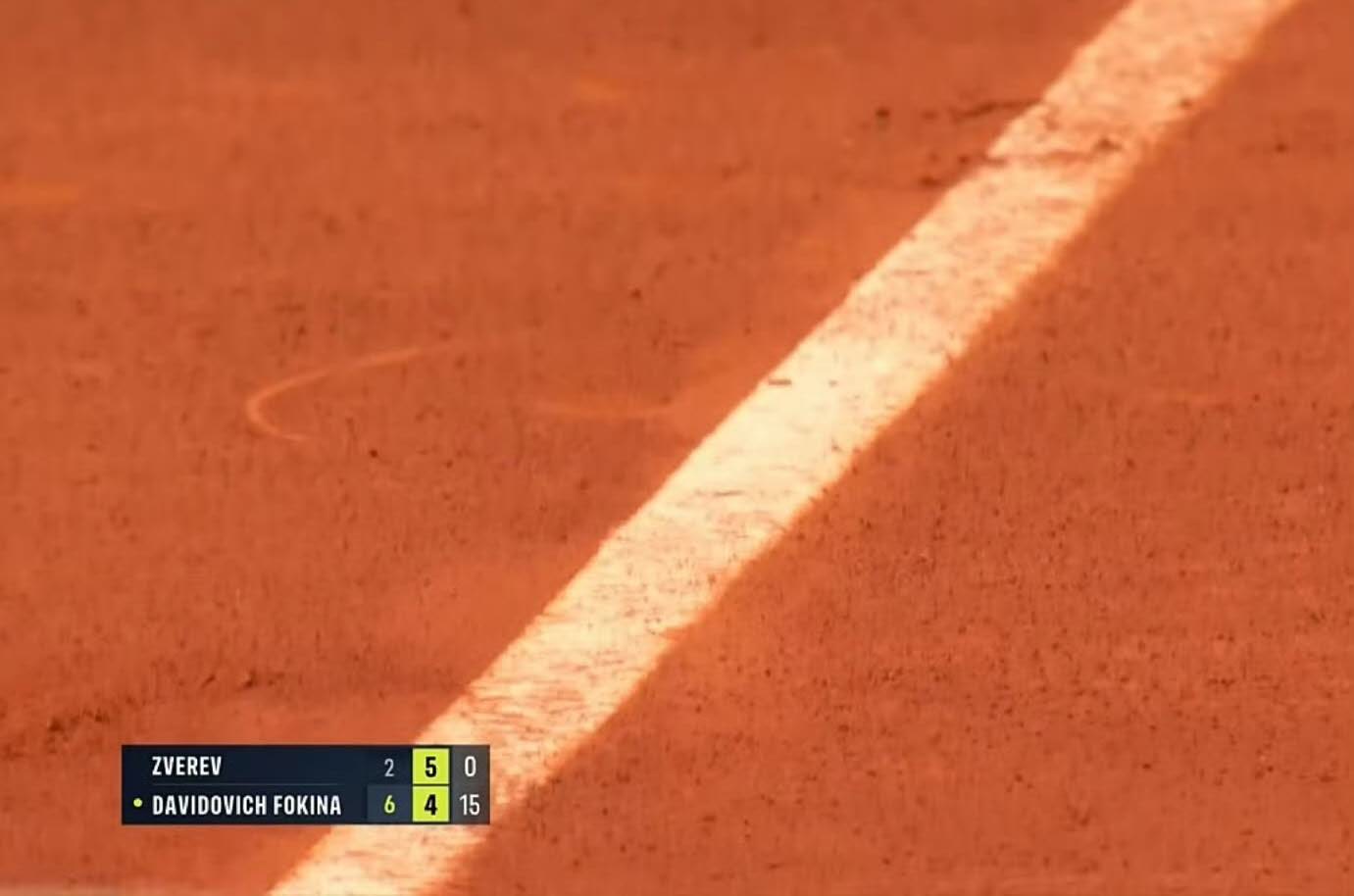
For example, in the first round of the women's singles at this week's Madrid tennis tournament, Usain Bolt was off the charts when he played against Siniakova. At that time, Bolt's serve was at least 30 centimeters out of bounds, but the electronic division line did not call for it, and the referee could only confirm it with the backstage immediately, and finally found out that it was indeed out of bounds so much! However, according to the rules, the referee did not have the power to change the penalty of the electronic division, but because this was indeed a very obvious mistake, it was only changed after a delay of half a day that the second serve was awarded, but Bolt was obviously not happy, she thought that due to the error of the electronic division, the game had been interrupted for too long, so it should be counted as interference and a new serve. Fortunately, the opponent Siniakova was very generous, took the initiative to signal the referee, and agreed to return to the first serve.
A similar case was found in the first round of the women's doubles at this year's Madrid tennis tournament. At that time, in the Women's Doubles, Azarenka's serve was called out of bounds by the electronic line, however, the opposite combination of Scholes and Muhammad expressed a different opinion, they thought that the ball was not out of bounds and the ball mark was clearly pressed against the line. They then took the initiative to remind the referee that it was a good shot and allowed Azarenka to re-serve.
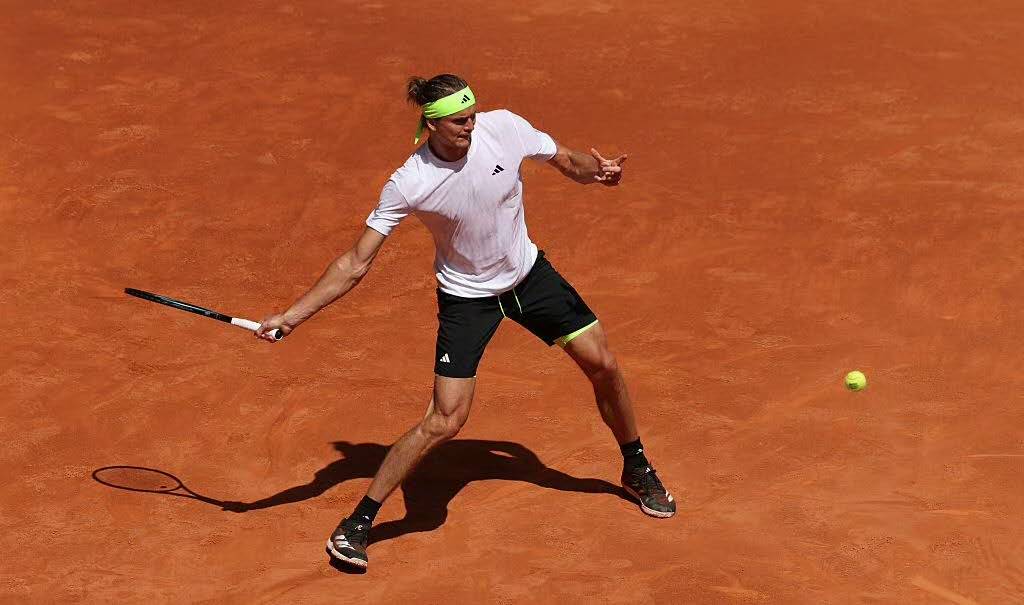
Regarding the chaos of frequent misjudgments in the electronic division of this year's clay season, Zverev admitted that he is obviously very supportive of this electronic judgment system, but the ball is ...... Not just one millimetre out of bounds, but four or five centimeters.
"I went up to the presiding judge and said, 'Please come down and see, I'm not crazy (laughs).'" It's not his fault, as the rules don't allow him to leave the seat. I'll talk to the supervisor and the ATP because it's really not normal. Perhaps in this case, the referee should be allowed to see the ball's prints. It would be interesting to see what kind of fine they would give me. Of course, I hope they won't punish me because I know I'm right. They shouldn't be fined for that. Usually the system is reliable, but today I don't know what's going on. Zverev said.
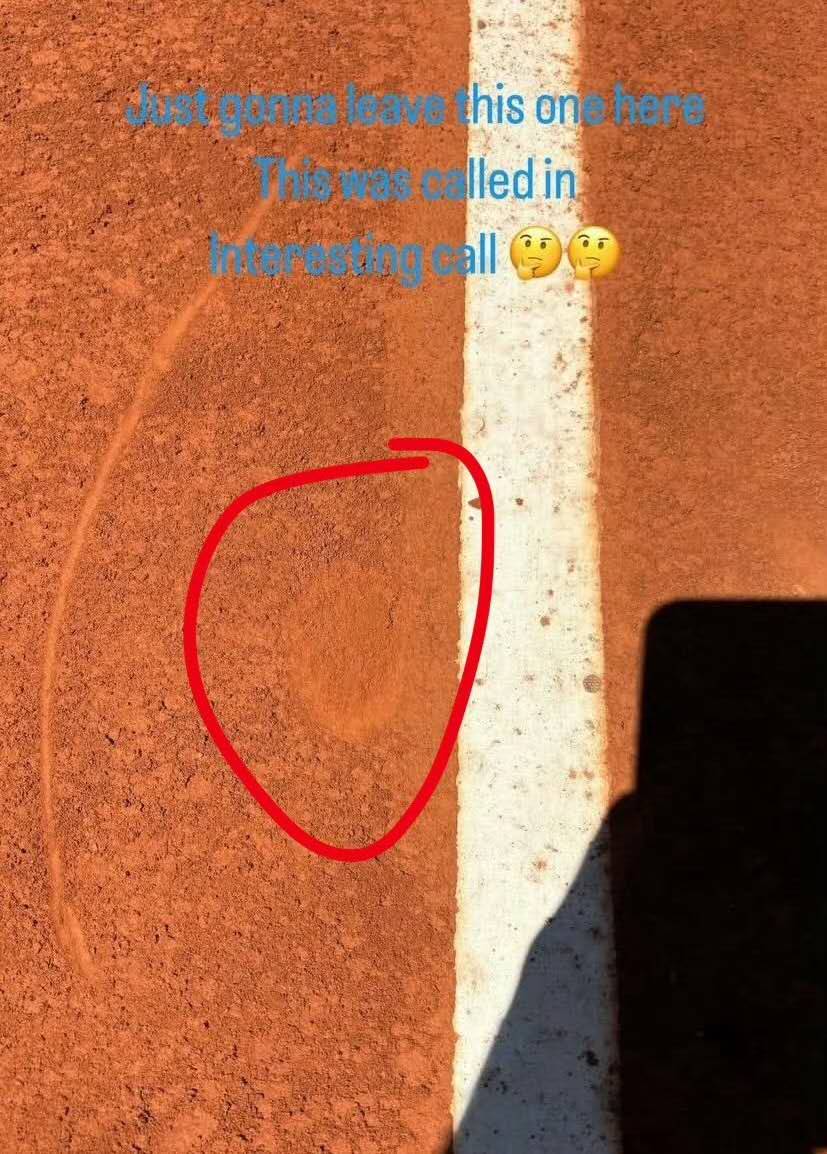
Bencic, who has made a comeback from the postpartum season, has a similar view to Zverev, who believes that perhaps the e-line is more feasible on hard courts, but on clay it is hard to avoid controversy. "I don't agree." This is understandable in hard court events because it avoids controversy. And you can challenge yourself with the Eagle Eye system. But on clay? I think that's ridiculous, because we rely entirely on electronics rather than the human brain, intuition, and human eye. You see the ball out of bounds, but the electronic verdict shows that it's a millimeter into the line. The presiding judge was not even allowed to look at the ball prints to confirm if it was out of bounds. I don't know what to think about this situation, but it's really mad when you experience it yourself. ”
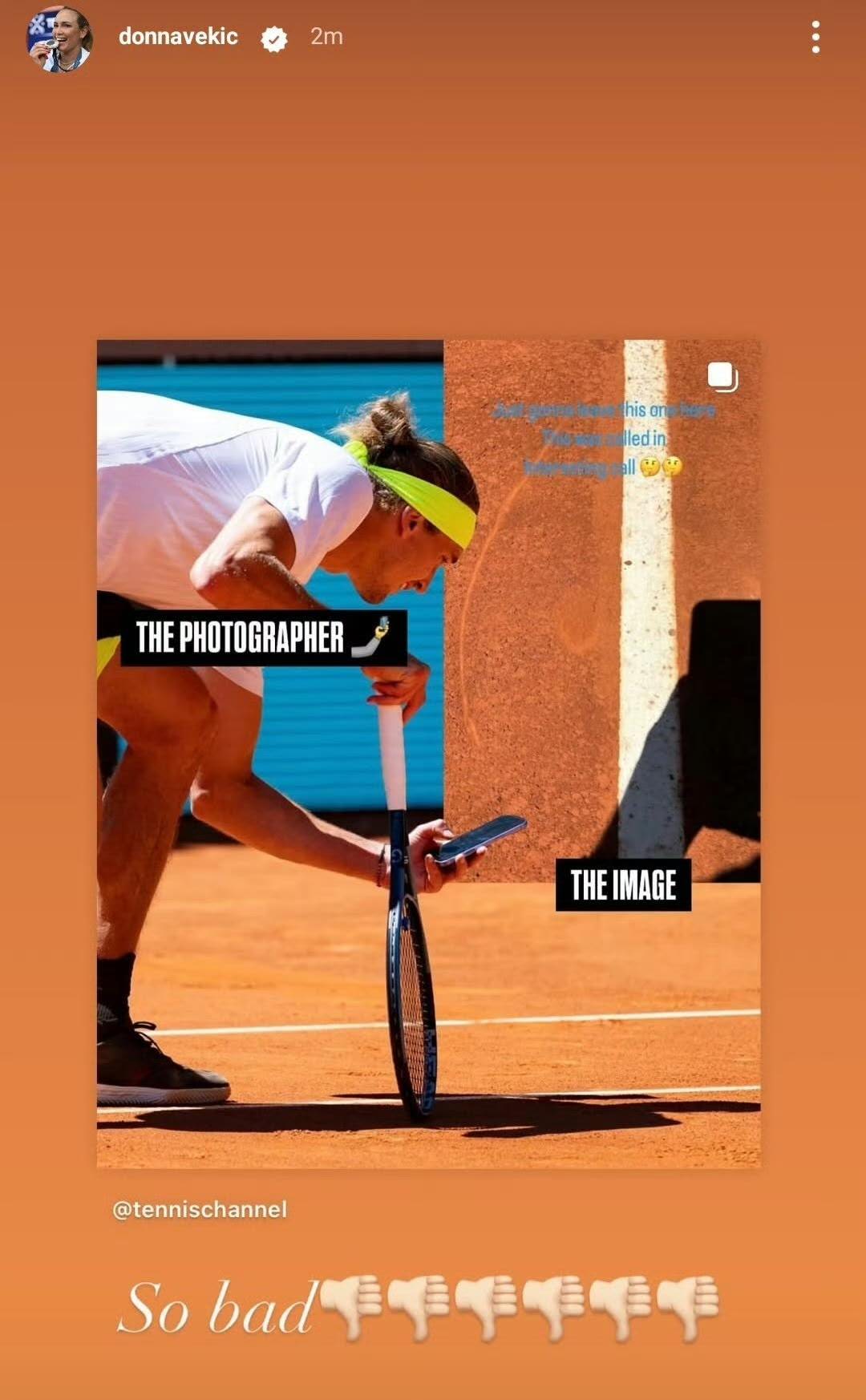
In fact, the introduction of electronic wires on red soil will itself have certain risks. In February this year, the ATP sent a video explaining why it was reluctant to introduce electronic lines on clay, and the root cause was that clay is a special type of court, and sometimes there are so many interference factors that can mislead our judgment of ball prints.
At that time, there were two examples in the video, for example, when the ball smashed into a field with very loose soil, we often thought that the ball was out of bounds when we looked at the ball prints, but when we slowed down at a high frame rate, we found that after considering the deformation of the ball itself and the contact area with the ground, the electronic division line often made a different judgment. In the same way, when the ball hits a field with hard soil, the contact area between the ball and the court becomes smaller, and the deformation naturally becomes smaller, so many balls that are considered "in bounds" will be regarded as "out of bounds". As a result, the external environment on clay is often more complex, and many balls even need to activate the high frame rate replayer to play back frame by frame to see the truth of the facts, so whether electronic lines should be used on clay has always been a rather controversial topic.(Source: Tennis Home Author: Lu Xiaotian)







 Links
Links
 Contact
Contact
 App
App


